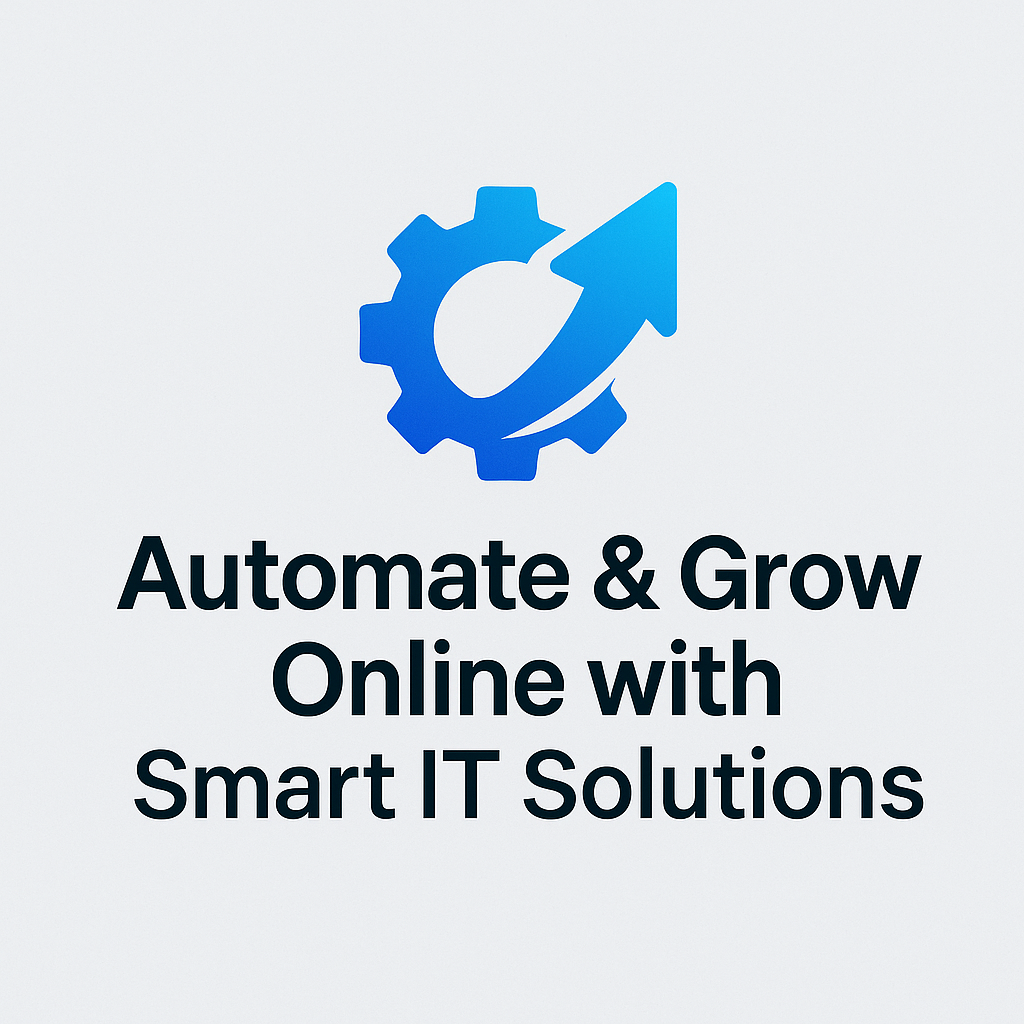In their rush to embrace AI technology, CIOs are encountering an unexpected hurdle: hidden costs that threaten to derail enterprise innovation and business transformation.
AI spend doesn’t behave like traditional IT budgets, said Andy Wallace, CIO at Fyxer AI, a firm that offers an AI-powered executive assistant. “It fluctuates by the hour, and CIOs need to be monitoring in real time with live dashboards that track token usage, API calls, and infrastructure costs.”
The first step toward revealing hidden costs is creating visibility, not just into spend but also into usage and value, said Ha Hoang, CIO at cyber recovery firm Commvault. Hidden AI costs often live within data sprawl, shadow projects, and untracked model usage, she noted. “CIOs need observability that extends beyond infrastructure to include how data is accessed, copied, and governed.” Hoang believes that the same discipline CIOs apply to data protection and recovery should be applied to AI. “This will include clear lineage, lifecycle management, and accountability for every dataset and model in play.”
Cost Drains
Hoang identified data duplication and governance debt as major cost drains. “As AI experimentation accelerates, copies of data proliferate across cloud environments, sandboxes, and models,” she said. Such needless expenses not only drive up storage and compute costs, but also increase compliance and security exposure. “What looks like a few cents per inference today can turn into major technical and operational debt later, if the underlying data isn’t managed with discipline,” Hoang warned.
Wallace believes that the biggest hidden cost is inefficiency. “For us at Fyxer, that could mean poorly optimized prompts, unmonitored model drift, or unnecessary compute cycles.” Yet he notes that the same inefficiency trap also applies to the enterprise CIOs implementing his firm’s software. Wallace said the smart way to control inefficiency is to bring the enterprise’s CFO into the process. “Finance needs to understand the challenge just as much as engineering does, because cross-functional fluency is how you avoid a nasty surprise when the bill hits.”
Seeking Minimalism
It’s important to treat AI as part of your data ecosystem, not as an exception to it, Hoang said. “Build cost visibility and governance into your AI lifecycle from the start, from data preparation to model deployment,” she recommended.
Meanwhile, automating data classification, retention, and protection policies can also help prevent costly sprawl. Hoang also advised testing AI for recoverability and resilience, just as an enterprise would for its core applications. “This ensures the business can sustain its AI investments over time,” she said.
Approach AI as a living financial system, not as a fixed tech investment, Wallace suggested. This means using joint dashboards for IT and finance, setting clear spend thresholds, and having automatic alerts whenever usage patterns change. “When finance and engineering teams share visibility, you turn what used to be a monthly shock into a manageable, predictable process,” he said.
CIOs also need to work closely with CFOs and financial teams to compare metrics side by side, since financial oversight has to move at the same pace as engineering, Wallace said. “The days of waiting for end-of-month reconciliation are over; if you’re not monitoring your usage every 30 minutes, you’re already behind.”
Seek efficiency whenever possible, advised David White, Google’s Field CTO for Startups. “Are you just using the latest technology because you think that’s going to be the best?” he asked. “Are you using the most cost-effective accelerators, or can you use less expensive GPUs?”
Concealed Costs
White feels that CIOs need to be aware of concealed expenses, such as the costs incurred by the unsung team members who keep everything running, integrated, and tuned. This includes the data prep work that goes into tuning a model, even if you’re not building your own, he notes. “All of the cast of characters behind the scenes that make it all look good have a cost — they’re not free,” White said.
Another big mistake is assuming that AI behaves in the same manner as a SaaS deployment — it really doesn’t. “You’re not paying for static licenses — you’re paying for continuous compute that scales with how your teams use it.”
Costs fluctuate daily, sometimes hourly, depending on usage, Wallace warns. “Trying to manage that variability without your CFO in the loop is where budgets spiral,” he said. “Finance needs real-time visibility into AI operations, not a monthly summary.”
A Parting Thought
An organization’s AI will only be as sustainable as the data foundation it stands on, Hoang said. “CIOs who invest in trusted, governed, and recoverable data will unlock AI value more efficiently and avoid the hidden costs that come from speed without control.”


